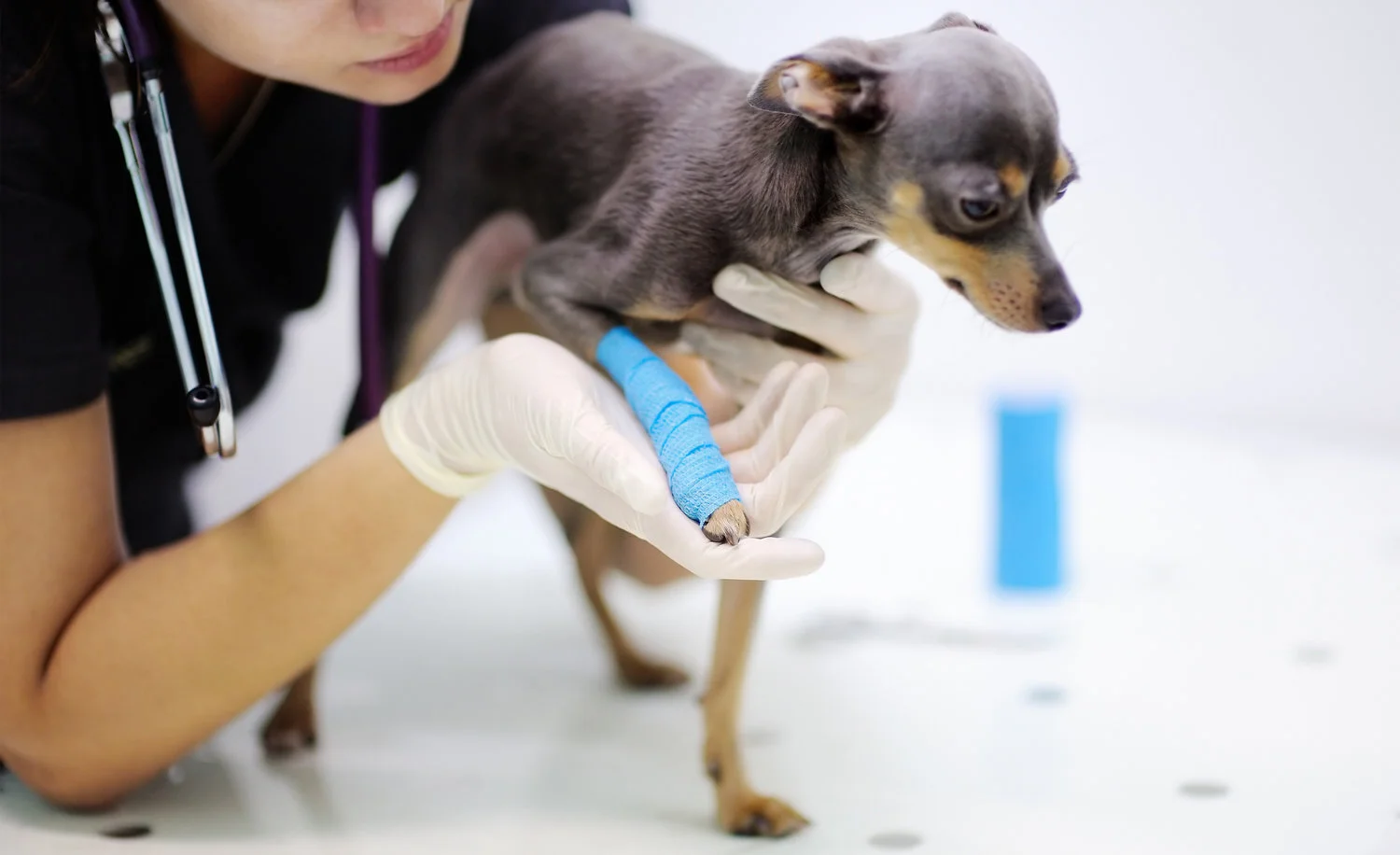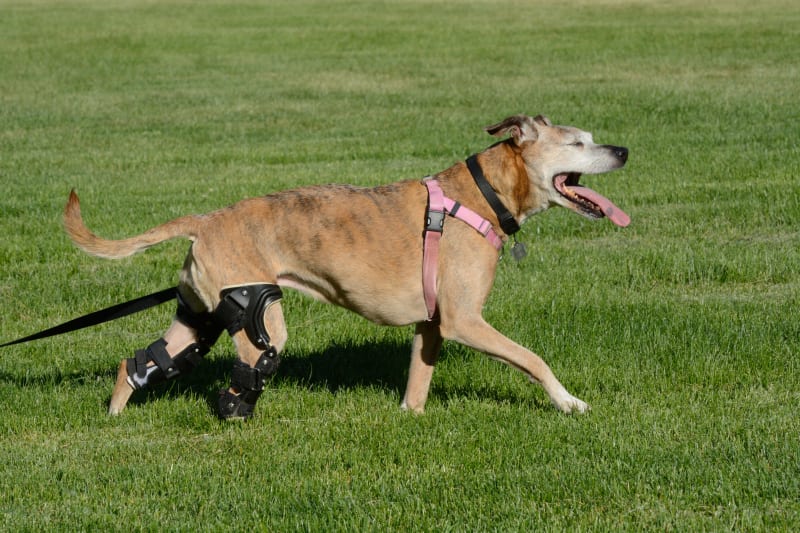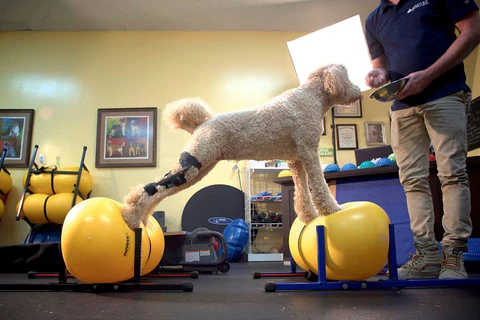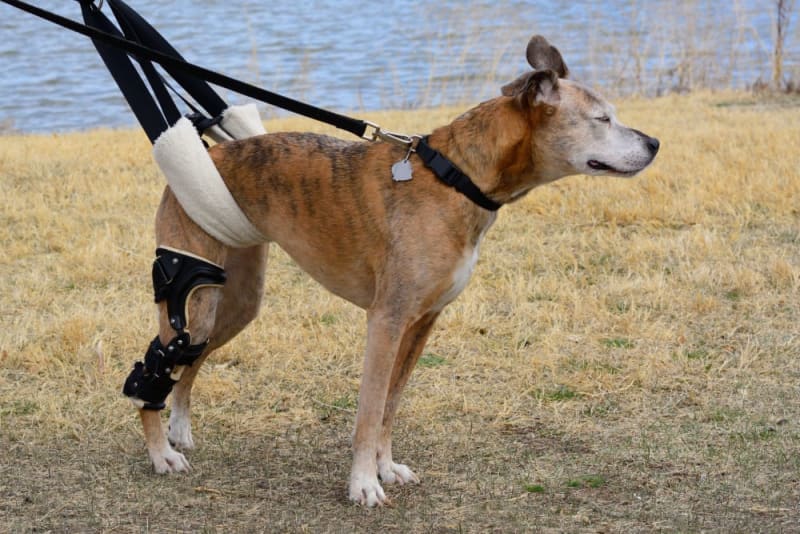What Are Common Orthopedic Surgeries For Pets? – When our pets stumble, are not able to jump, or are hesitant to play, it breaks our hearts. A lot of those problems can be related to the orthopedic problems- those that are associated with bones, joints, tendons, and ligaments. Pets may also be able to bounce back to happy, active lives. We enjoy seeing them live through orthopedic surgery that can restore mobility, alleviate pain, and help them walk once again.
What are the most frequent orthopedic surgeries for pets, and what do they involve? Let’s take a closer look.
Understanding Orthopedic Surgery of Pets
Orthopedic surgery is concerned with the repair or reconstruction of the musculoskeletal system, of supports movement. Dogs and cats, like human beings, may suffer injuries, developmental problems, and degenerative diseases, which affect their walking, running, and playing.
These procedures are between simple procedures of fracture repair and complicated procedures of joint replacement. Although most of the operations can be taken care of by general veterinarians, certain operations are more complex than that and need specialized orthopedic surgeons and equipment.
1. Knee-Cranial Cruciate Ligament (CCL) Repair
Cranial cruciate ligament (CCL) repair, which is the dog counterpart to an ACL tear in humans, is one of the most commonly performed orthopedic surgeries on dogs. This ligament holds the knee stable, and the rupture of it makes the joint unstable, causing pain, swelling, and lameness.
Surgical options include:
TPLO (Tibial Plateau Leveling Osteotomy): It alters knee mechanics to regain stability.
TTA (Tibial Tuberosity Advancement): Alters the knee angle to avoid the backsliding of the femur.
Extracapsular repair: With the help of sutures, the joint is stabilized externally.
It may require 8-12 weeks to heal, and in the meantime, there should be minimal activity and physical therapy. The rate of success is great; the majority of dogs recover nearly normal functioning in case of close adherence to the post-operative care.
2. Fracture Repair
Another significant cause of pets that require orthopedic surgery is fractures. These may occur subsequent to falls or car accidents, or even rough play. Surgeons may use: depending on the type of fracture and fracture location:
- Metal plates and screws
- Pins or wires
- External fixators(metal frames that hold the bones in place)
This is aimed at aligning and stabilizing the bone in order to heal it. Through adequate rest and pain management, the majority of pets recuperate and get back to normal activities.
3. Hip Surgery and Hip Dysplasia.
A frequent genetic or developmental disorder, particularly of big dogs, is hip dysplasia. It is a condition experienced when the hip joint is not fit correctly and resulting in grinding, arthritis, and pain. In case of insufficiency of medication and therapy, surgery could be advised.
Popular surgical procedures encompass:
Femoral Head Ostectomy (FHO): The lesion of the damaged part of the femur is removed to remove painful contact.
Triple Pelvic Osteotomy (TPO): Corrects the pelvis of younger animals to enhance the positioning of the joints.
Total Hip Replacement (THR): Severe cases are solved by replacing the joint with a prosthetic.
These procedures have the potential to drastically enhance the quality of life, particularly when carried out early, before they degenerate to severe arthritis.
4. Patellar Luxation Repair
When your small dog occasionally acts as though it skips when walking, it may be patellar luxation, when the kneecap (patella) tends to shift. It is also typical of toy breeds and may occur in any dog or cat.
Surgery is usually done to deepen the groove in which the patella is located, to tighten the surrounding tissues, and to position the leg back in place to ensure that the kneecap remains stable. Early intervention does not cause long-term damage or arthritis. Most pets can move in a stable, pain-free manner post-surgery.
5. Elbow Dysplasia and Surgeries of the Joints
Elbow dysplasia is a condition of several developmental problems of the elbow joint that are likely to occur in large breeds such as Labradors, Rottweilers, and German Shepherds. The symptoms consist of stiffness, limping, or difficulty in getting up.
Treatment can include
Arthroscopy: It is a very minimally invasive procedure that entails the use of small tools and cameras to remove loose pieces of bone or cartilage.
Corrective osteotomy: Reproductive bone to take the pressure off the joint.
Joint replacement: When arthritis is very advanced or there is severe deformity.
The long-term success is associated with rehabilitation and weight management.
Why These Surgeries Matter
Orthopedic conditions have the potential to cause long-term pain, arthritis, and immobility when left unaddressed. However, in modern veterinary medicine, there has been a great improvement. Most pets recover remarkably with early diagnosis, expert surgical intervention, and effective rehabilitation.
Most dogs that are subjected to TPLO surgery, e.g., recover 95 percent or more of their normal activity levels. Cats also tend to learn very fast after being fractured or having their joints operated on, and most often they resume their usual state of play after the wound has healed.
Conclusion
Orthopedic issues may be painful and disheartening both to pets and their owners- but contemporary veterinary medicine can provide a solution. Since the beginning of the orthopedic surgical procedures, which could start with ligament repair and could extend to hip replacement, current orthopedic surgery can drastically restore comfort and mobility.
Don’t wait; take your pet to the veterinarian in case he is limping or displaying signs of pain. It is important to diagnose and intervene early to prevent additional harm. Discuss the most appropriate surgical and rehabilitation with your veterinarian or an orthopedic specialist. Most pets come back with a stronger spring than before, with the help of an expert, and it will be more than worth it when that tail is wagging and that happy walk begins.
FAQs
Is my pet too old for orthopedic surgery?
Not necessarily. Age alone isn’t a barrier. The only thing that counts is the general health of your pet and its capacity to withstand the anesthesia. Several elderly pets can undergo orthopedic operations, provided they are adequately tested and observed.
What is the price of orthopedic surgery?
The costs differ according to the kind of surgery, where you live, and the size of your pet. An illustration of this is that CCL repair could cost 2,000-6,000 dollars (or 50,000-200,000 in India). Always demand a comprehensive estimate that involves imaging, surgery, hospitalization, and follow-up visits.
What is the length of the recovery period?
The majority of orthopedic surgeries take 812 weeks of limited movement. Your vet will provide you with a progressive rehabilitation plan that will help you increase activity as you heal.
Are there any risks or complications?
There is always a risk involved in any surgery, as it can be infected, subject to implant failure, or slow healing, but these are very rare in a healthy surgery conducted by a qualified veterinarian and with proper aftercare guidelines.
Will my pet be able to walk and play with me?
In most cases, yes! Through the use of appropriate surgery, rehabilitation, and long-term care, pets usually recover and can run, play, and climb once more. The sooner the condition is addressed, the more likely the outcome.









